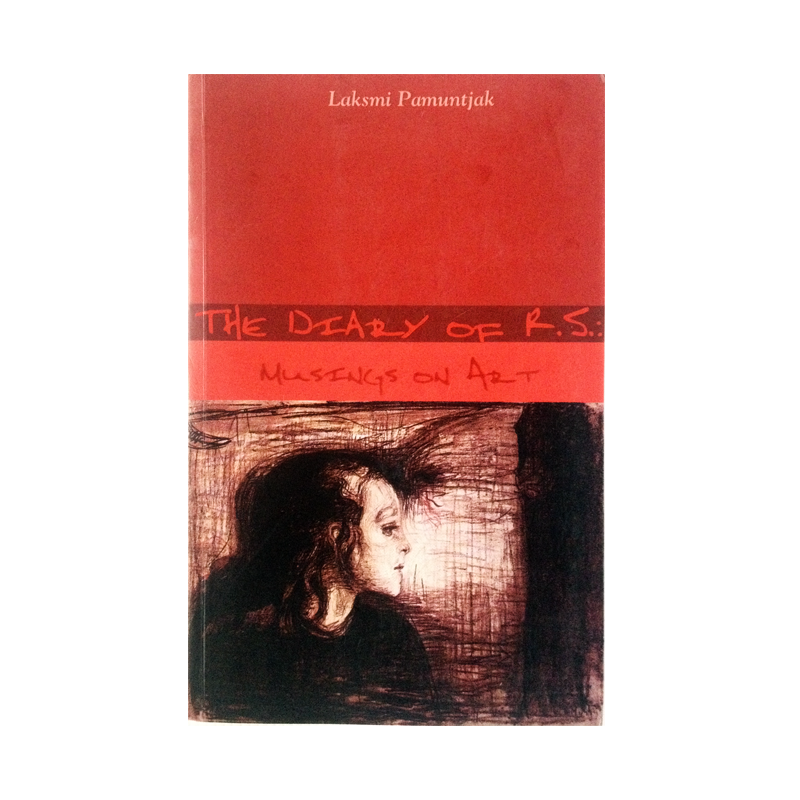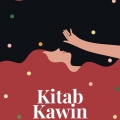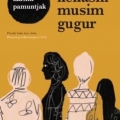Synopsis
Art and memory; polygamy and a 65-year-old woman; pornography and the life of a prostitute through the eyes of a dwarfish painter; “reality” seen through the eyes of a failed stand-up comic; the Ultimate Other Woman and the painter of dreams and memories; an artist and his nine self-remakes, a famous embrace reread; a child drawing through life with a single working mother; Hector and Andromache for the twenty-first century. Munch, Toulouse-Lautrec, Grosz, Dali, Beckmann, de Chirico.
Format: Paperback, 268 pages. Publisher: Kata Kita. Year of Publication: April 2006. Available at Select Bookstore, Kinokuniya (Singapore), Toko Buku Aksara, QB World, Gramedia (Jakarta), Rp. 60,000.
Praise for "The Diary of R.S.: Musings on Art":
-
This is a unique book: paintings become lenses through which to examine the greater mysteries of human life, and erudition morphs into empathy for lifeās basic conundrums. Its razor-sharp analysis and adroit wordplay often surprise.
- Bambang Sugiharto, Professor of Aesthetics and Literature, Parahyangan University.
-
The various forms that make up this collection of short storiesāhalf-dream, half-parable; dramatic script; half-thriller, half-romance; poem; ironic commentary; freewheeling meditation, as well as other heartfelt lessons in seeingāare Laksmi Pamuntjakās own travel stories in worlds that open up in that solitary moment of connection she experiences with a painting. In the words of Suhayl Saadi: āThe paint is the substrate; itās the stories that count.'
- Lee Weng Choy, Art Critic.
-
The urban cinematic psychodramas of contemporary or near-contemporary Jakarta which Pamuntjak creates draw on multiple cultural and societal referents and do not pander to cheap exoticism. The stories are impressionistic and at times densely poetic, but are also healthily obsessed with the human minutiae of thought, sense, the political and the physical. In terms of Sanskrit poetics, to properly read these linked tales is to become a rasik, a lover. There is a sensual efflorescence reminiscent of the work of Patricia Duncker. These are vignettes: linked, dynamic portraits of whores, hairdressers, artists, housewives, workers, mothers; for like Pamuntjakās characters, reality is chimaeric, brief, intense, past.
- Suhayl Saadi, Author of Psychoraag.
-
Laksmi Pamuntjakās book, a collection of highly personal engagements with certain paintings, aims to go beyond the quick look, as her texts have grown out of a gentle, unhurried absorption. These are pictures that, in more than a few instances, have possessed her for years ā¦ But the products of these carefully crafted improvisations demonstrate all the vehement passions that art history has to offer. While āabsorptionā is an apt word to describe the tone and tenor of most of these texts, āunhurriedā certainly doesnāt always apply to the rhythms of the worlds she has imagined from the works of, say, Salvador Dali or Henri de Toulouse-Lautrec. Such worlds are peopled with too much yearning for that adjective. There is urgency in the lives that have come forth from out of these pictures ā¦ (and) much tenderness which could serve as an emblem for the whole collection.
- Lee Weng Choy, art critic, president of the Singapore section of the International Association of Art Critics


